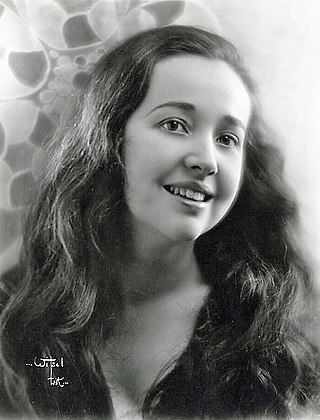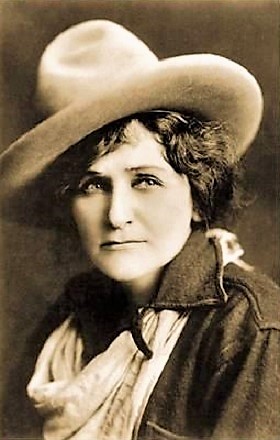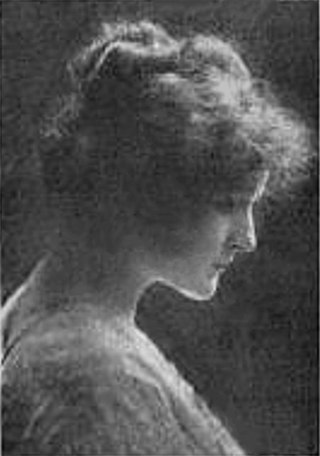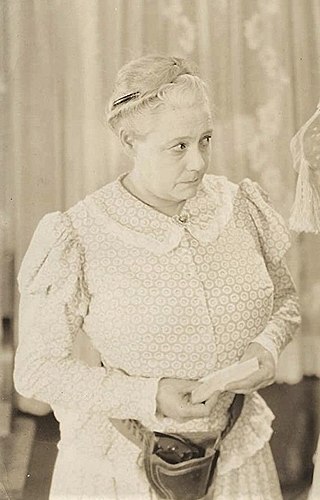
Alice Brady was an American actress of stage and film. She began her career in the theatre in 1911, and her first important success came on Broadway in 1912 when she created the role of Meg March in the original production of Marian de Forest's Little Women. As a screen actress she first appeared in silent films and was one of the few actresses to survive the transition into talkies. She worked until six months before her death from cancer in 1939. Her films include My Man Godfrey (1936), in which she plays the flighty mother of Carole Lombard's character, and In Old Chicago (1937) for which she won the Academy Award for Best Supporting Actress.

Ruth Roland was an American stage and film actress and film producer.

Bessie Barriscale was an American actress who gained fame on the stage and in silent films.

Ida Darling was an American actress of the stage and in silent motion pictures.

Evelyn Selbie was an American stage actress and performer in both silent and sound films.

Earle Williams was an American stage actor and film star in the silent era.

Helen Jerome Eddy was a movie actress from New York City. She was noted as a character actress who played genteel heroines in films such as Rebecca of Sunnybrook Farm (1917).

Carl Stockdale also known as Carlton Stockdale was one of the longest-working Hollywood veteran actors, with a career dating from the early 1910s. He also made the difficult transition from silent films to talkies.

Louise Lester was an American silent film actress. She was the first female star of Western films.

Anna Dodge was an American stage and silent film actress.

Clara Whipple(néeClara or Clarissa or Clarise Brimmer Whipple; November 7, 1887 – November 6, 1932) was an American actress who flourished in theatre from 1913 to 1915 and in silent film from 1915 to 1919. She was also a silent film scenario writer.

Gail Kane was an American stage and silent movie actress.

Ethel Grey Terry was an American actress of the silent era. She is best remembered for her role in The Penalty with Lon Chaney.

Lillian Langdon was an American film actress of the silent era. She appeared in more than 80 films between 1912 and 1928.

Julia Swayne Gordon was an American actress who appeared in at least 228 films between 1908 and 1933.

Catherine Calvert was an American actress.

Herbert Standing was a British stage and screen actor and the patriarch of the Standing family of actors. He was the father of numerous children, many of whom had careers in theatre and cinema. Toward the end of his life, he appeared in many Hollywood silent films.

Eva Elwes was an English actress and playwright who wrote over 50 plays between 1907 and 1938.

Mildred Considine (1887–1933) was an American screenwriter and actress active during Hollywood's silent era.

Gwendolyn Pates, also billed as Gwendoline Pates, was an American actress in silent films and on stage.




















